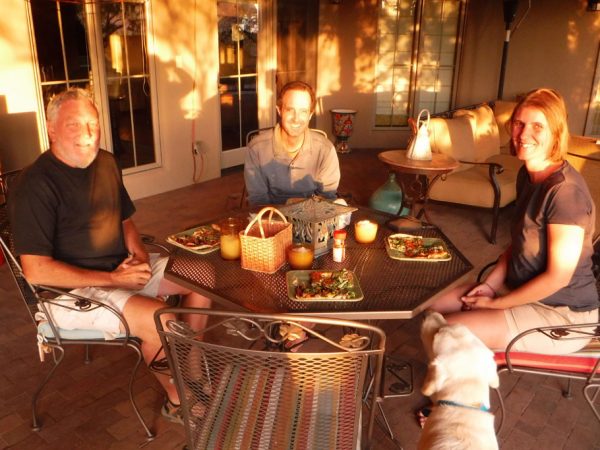
May 3 – May 13, 2019 – (This post is from our travels this past May).
Our last travel post covered the beginning of our time in New Mexico, with visits to Earthships, the Rio Grande Gorge. Santa Fe, and Los Alamos. In this post, we visit Albuquerque, El Malpaís, Fort Stanton, and Roswell.
Albuquerque
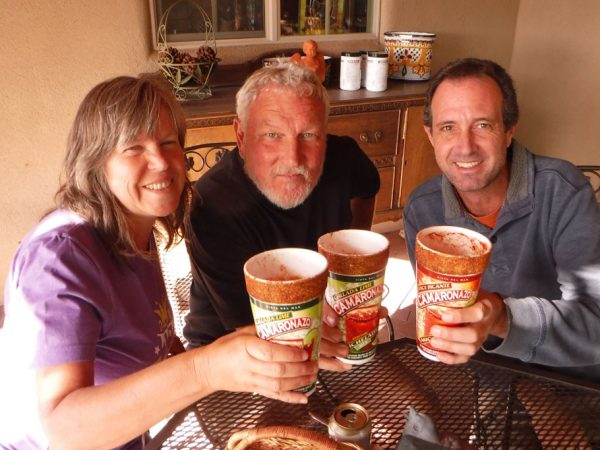
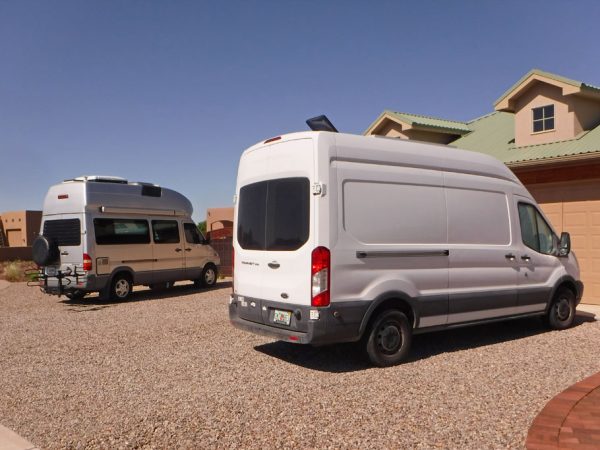
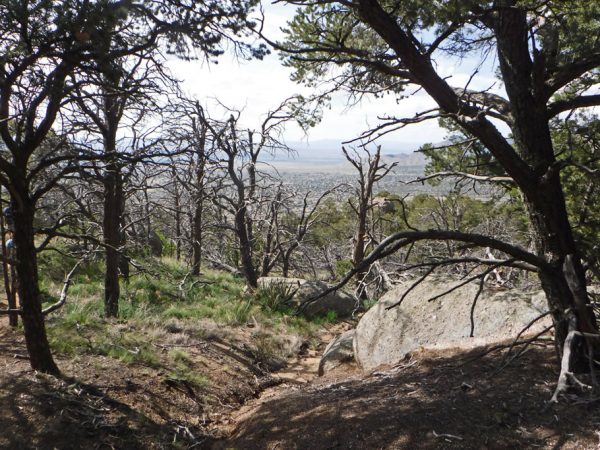
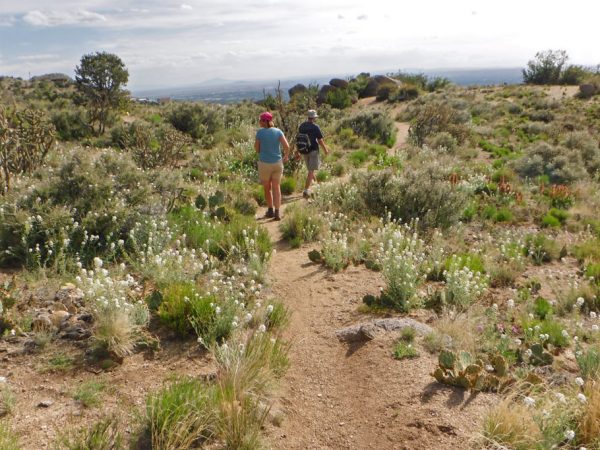
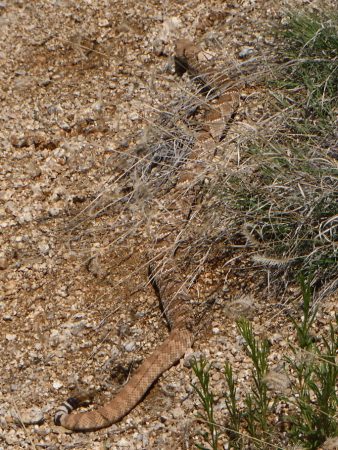
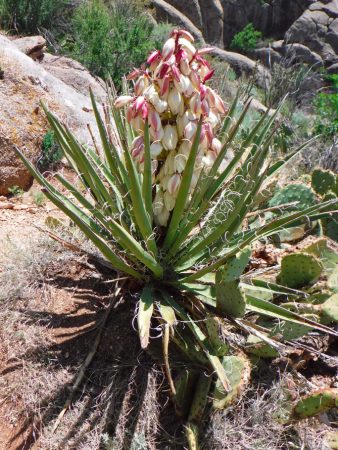
El Malpaís National Monument
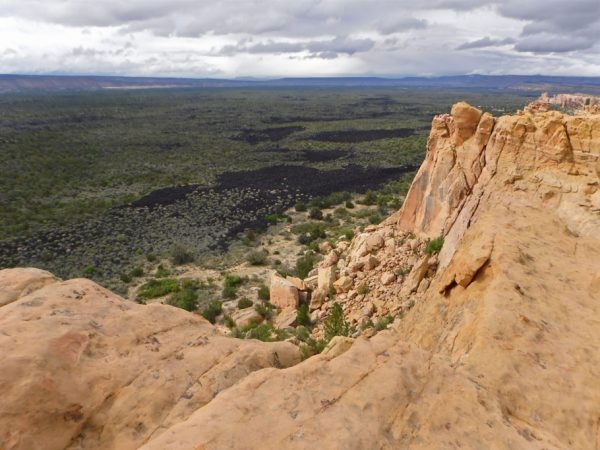
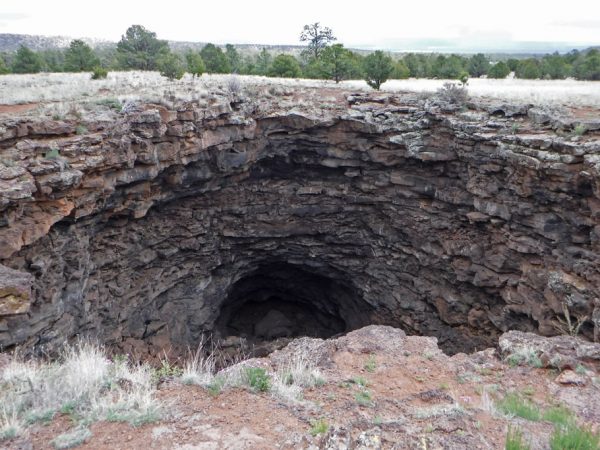
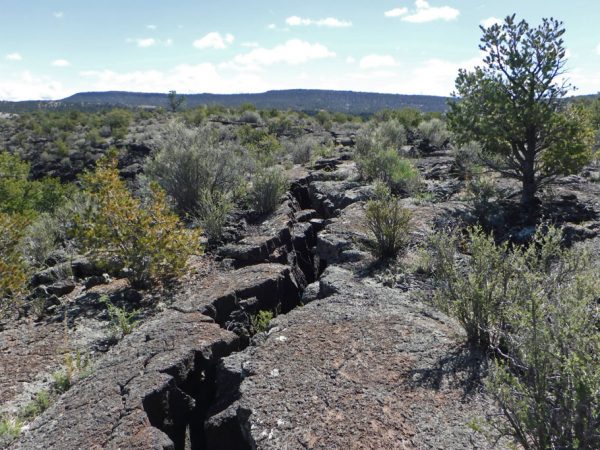
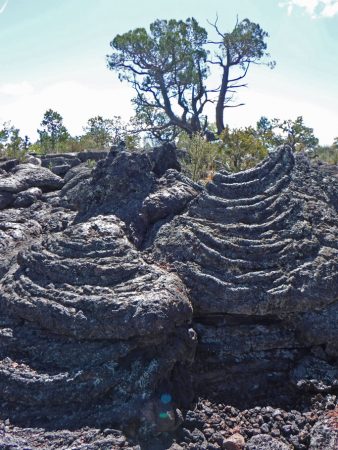
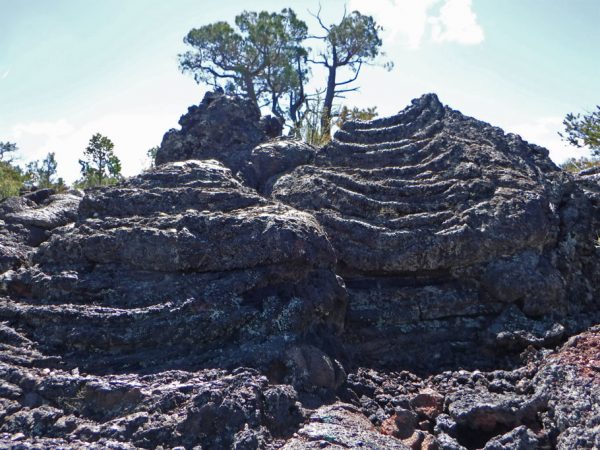
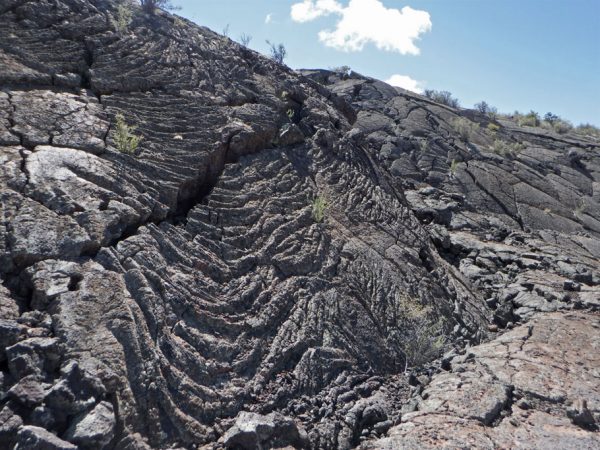
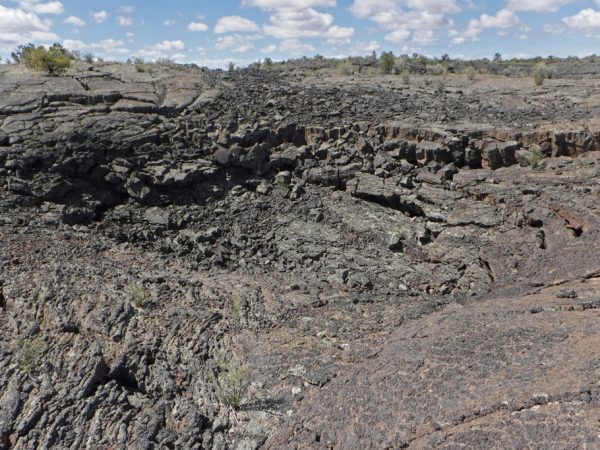
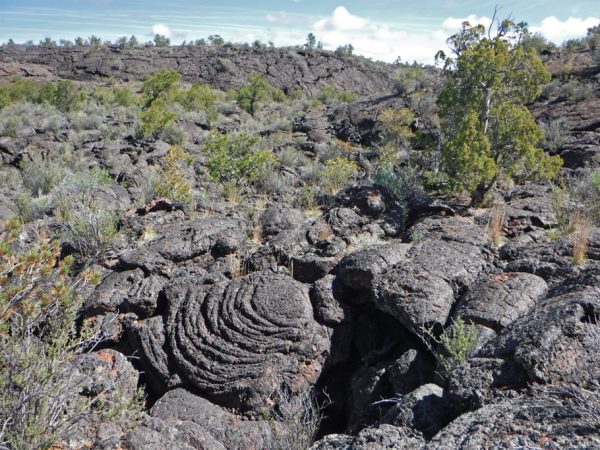
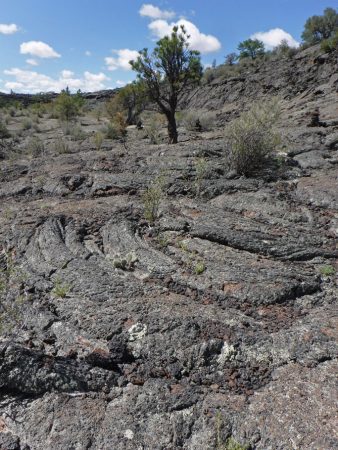
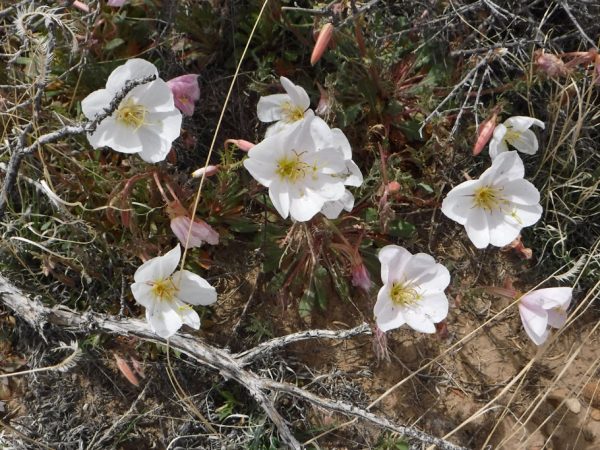
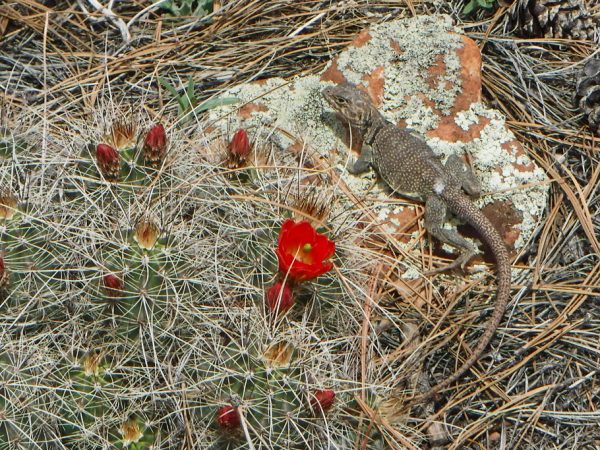
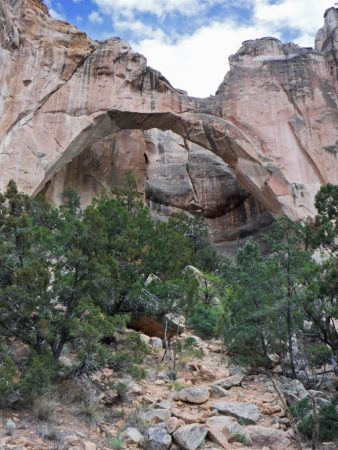
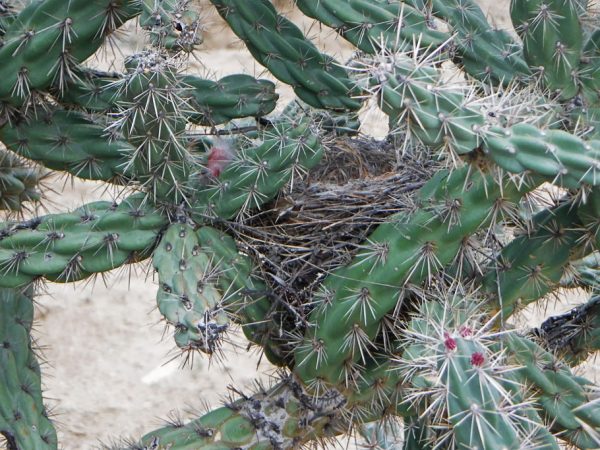
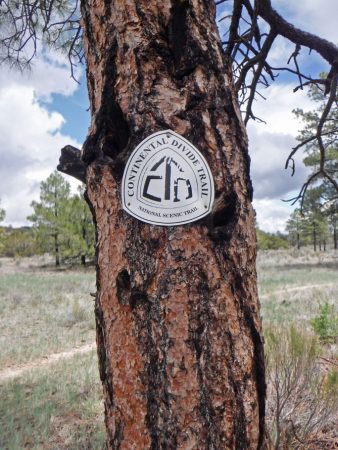
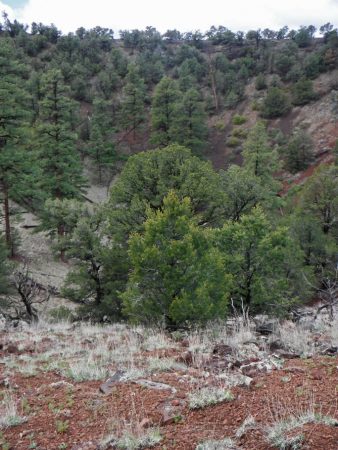
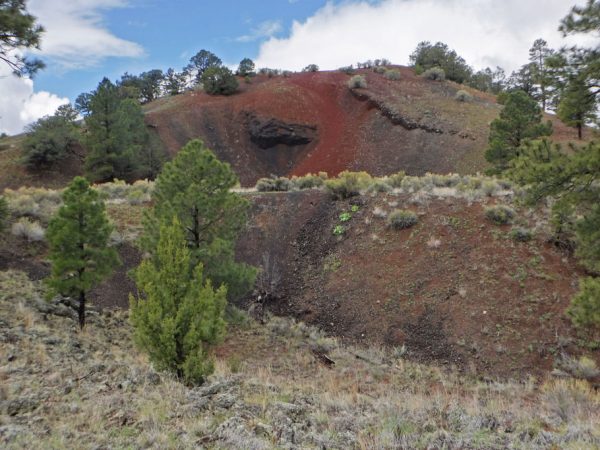
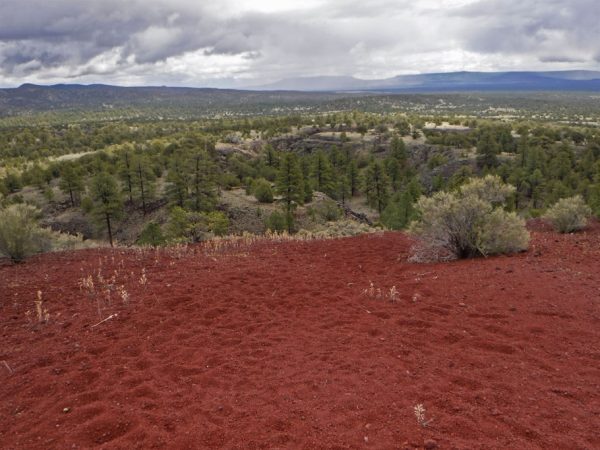
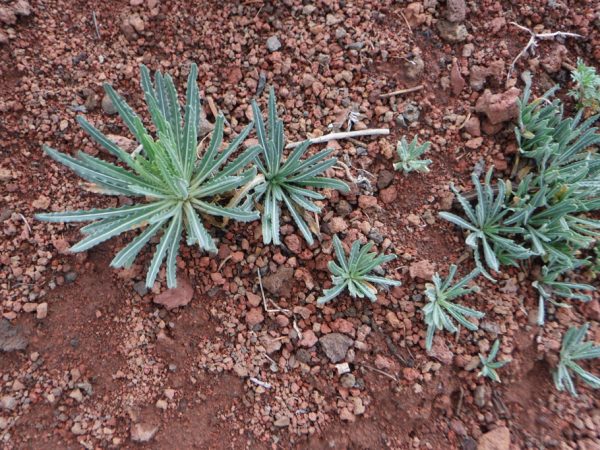
Fort Stanton
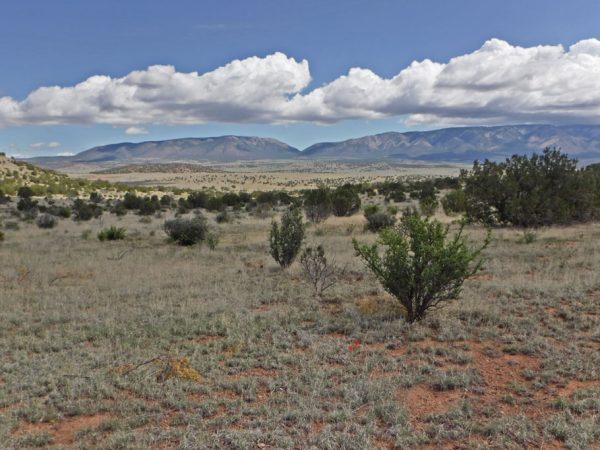
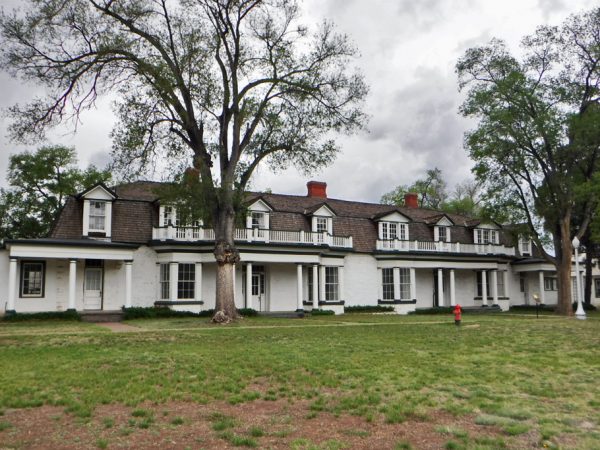
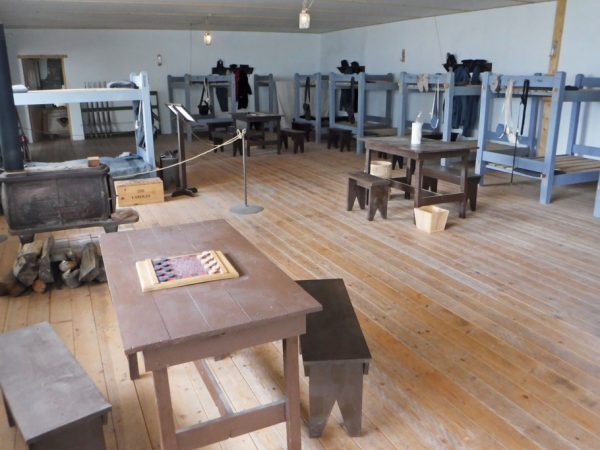
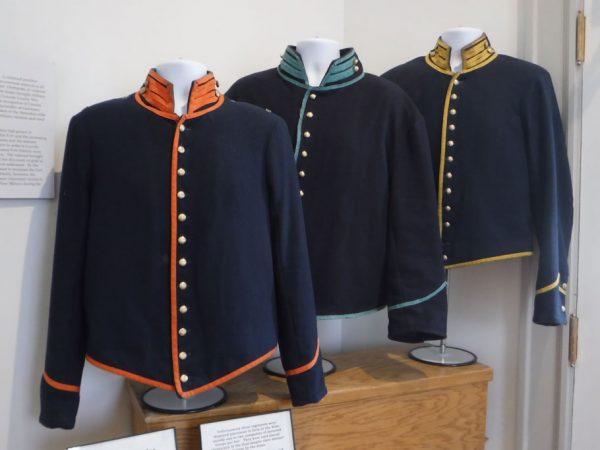
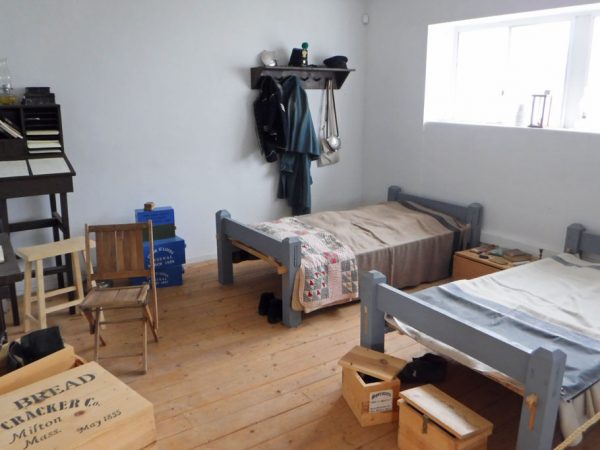
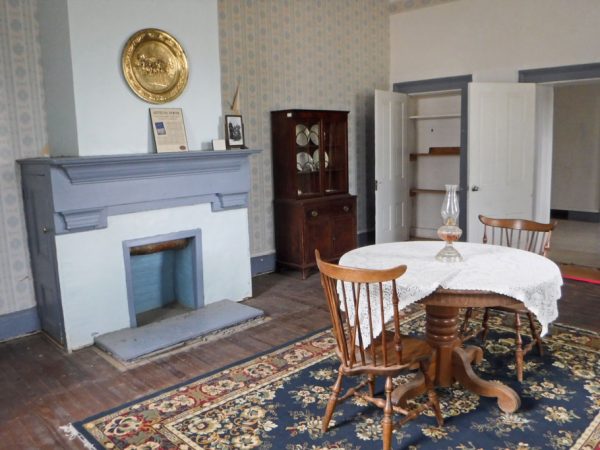
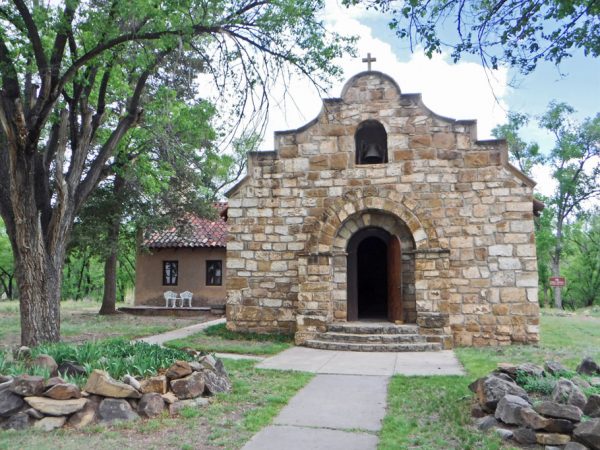
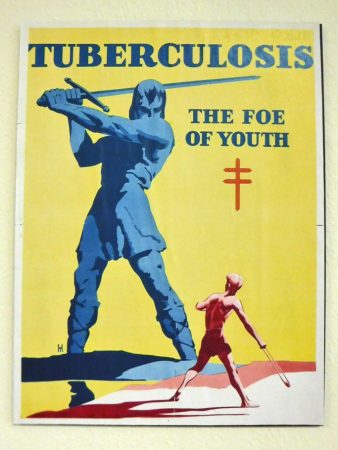

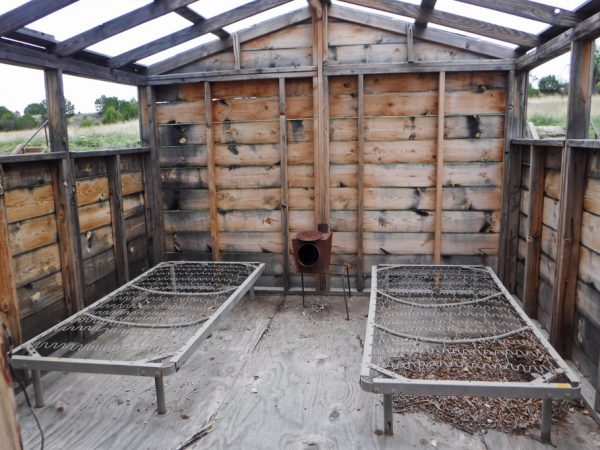
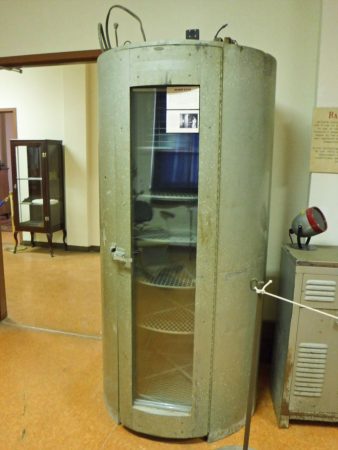

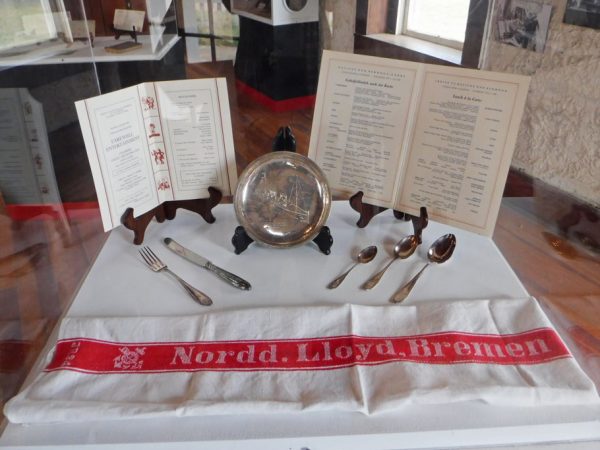
Roswell
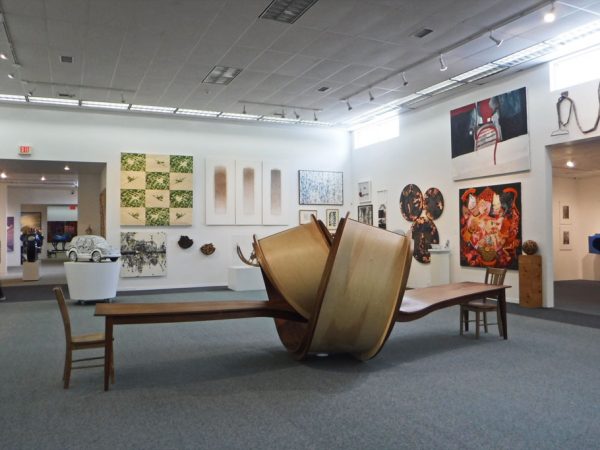
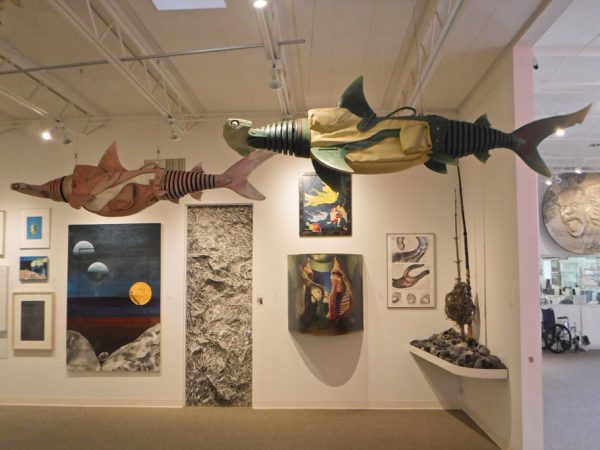
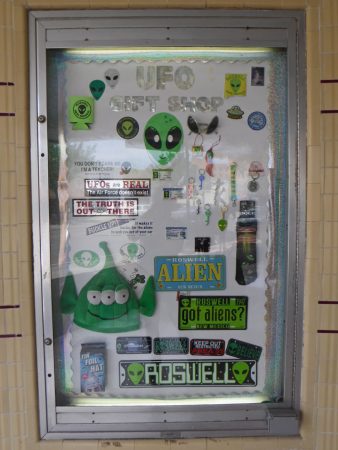
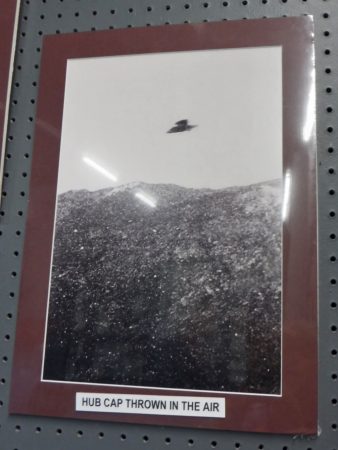
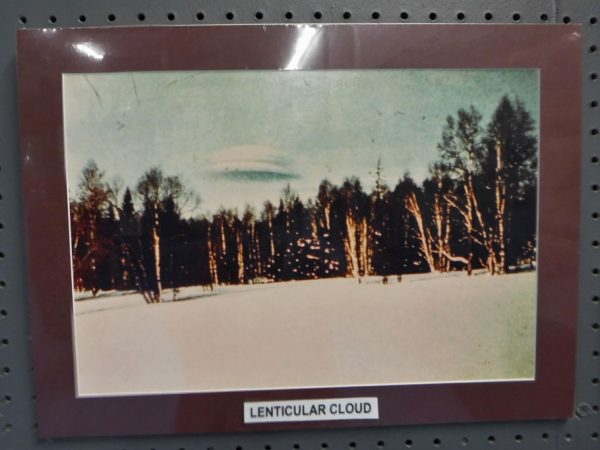
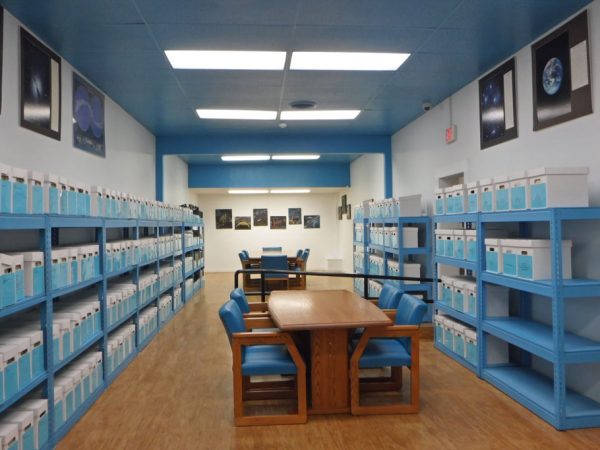
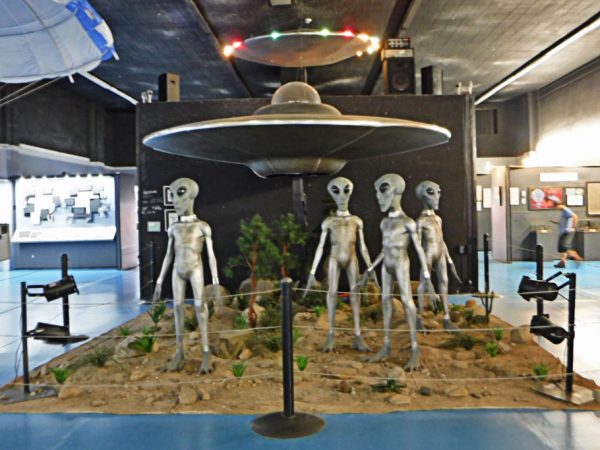
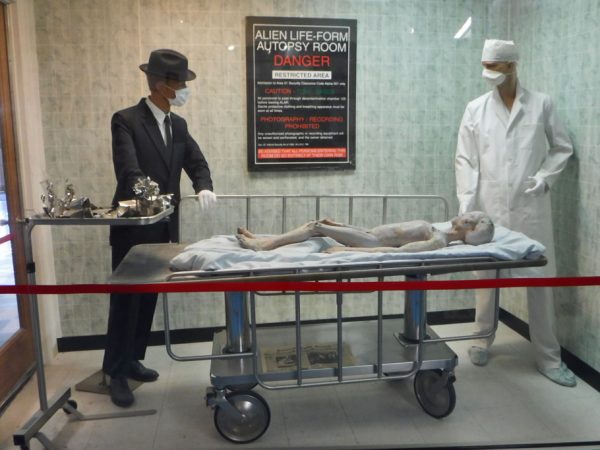
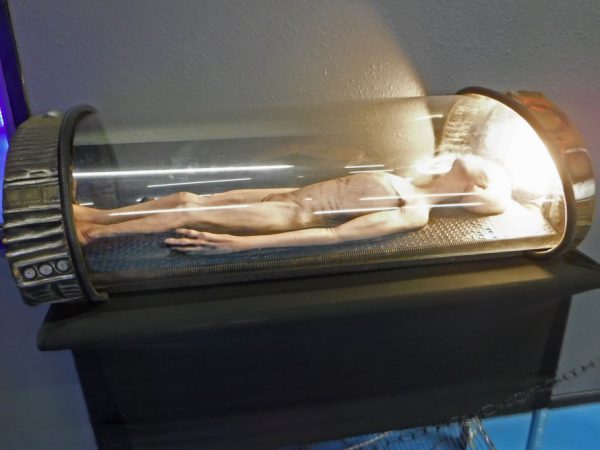

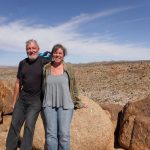


Wow! Yall really saw some fascinating stuff. Thanks for sharing.
Your welcome! We are miners of fascinating stuff. Thanks for reading!
I almost forgot about that rattle snake. Good we didn’t have Maya yet back in May. And oh, that sun on the patio… I smile just thinking about the warmer weather. Those are some amazing photos, Duwan. You sure you needed that new camera? 🙂
Reading about your New Mexico adventures makes me miss the West even more. I’m so glad you guys managed to swing by in Albuquerque – and that we met up again already since then.
We never made it to Fort Stanton, so I appreciate the virtual tour. And El Malpais offers some amazing hikes and sites as well. Those lava rocks are well-captured!
I miss the southwest too but I am excited to explore some new places. Hopefully we will get around to writing about those in the blog soon. And soon after that posting pics with my new camera. I like it a lot.
That snake blends in with the scenery so much in the photo – so glad you spotted it and that you didn’t have Maya. I wonder if she would have seen it since three of us missed it.
So glad we got to see you in Albuquerque too! It was big fun!
Nice tour!
I live in Roswell, GA. No aliens here; that I know of. Our town was named after Roswell King, one of the founders/settlers who moved here from Savannah (after the Cherokees were persuaded to move to OK at gunpoint). They wanted to get above the lowlands so when they found Vickery Falls they stopped and that’s how Roswell got started.
Thanks! I never really think about how different cities get their names but I’m sure there is a fascinating (and sometime ugly) story in every one.